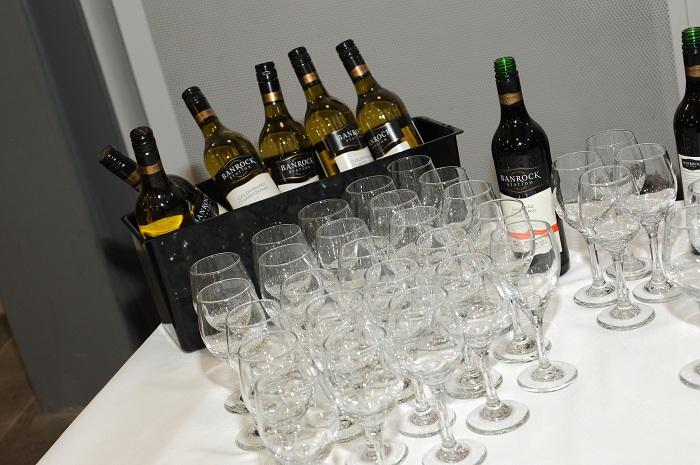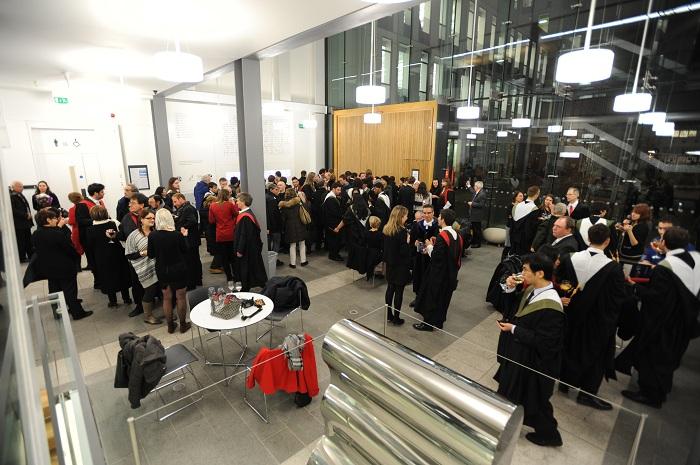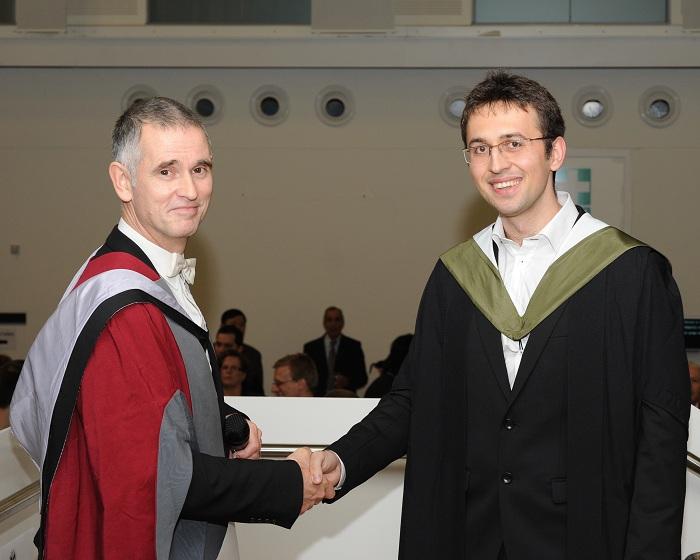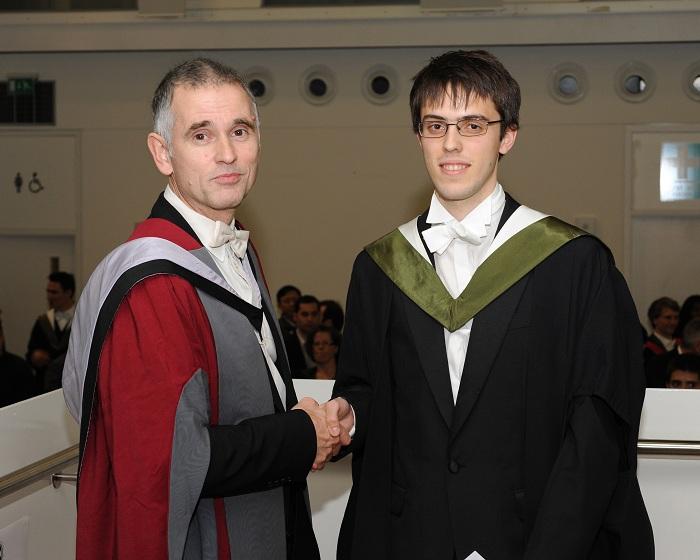Cross sectional and surface histology workshop
On March 28-31 2011, a successful cooperation between the Texas Tech University (R. Paine) and the University of Edinburgh (E. Kranioti) took place on the University of Edinburgh campus.

The aim of this teaching workshop was to initiate an intensive course on skeletal histological methods and their applications in Forensic Anthropology, Osteoarchaeology and Human evolution. The initiative was funded by the University of Edinburgh Campaign with the award of an Innovation Initiative Grant . The course focused on the histological analysis of bone and teeth and was fully booked with the participation of 30 students from the Forensic Anthropology/Human Osteology/Osteoarchaeology MSc programs of the University of Edinburgh.
The 2012 workshop




This year (March 1-2), this International teaching initiative was taken a step further welcoming professionals from several UK and EU Institutions. The objective of the workshop was to provide information on the theoretical background of bone histology and specific data that can be gained from histological cross sectional and surface histology as well as dental histology in Forensic Anthropology, Osteoarchaeology, Skeletal Growth and Human Evolution disciplines. The participants were taught basic principles of bone biology, histology and microanatomy, cellular structure, bone formation and repair. Specific lectures and lab training were designed to explore the effect of age and diet in the formation of bone remodelling of micro-anatomical features. The intense program, apart from lectures, also included laboratory sessions in which attendees learned to use electron and reflected light microscopes. Recognition of bony microstructure and quantification of histological structures such as Haversian Systems, secondary osteons, osteon population densities were part of the teaching goals.
The general opinion of the participants was enthusiastic about the Workshop. They found it to be a brilliant initiative and a useful addition to their knowledge that broadened their horizons about the research potential in their individual disciplines. Citing some of their comments:
“I thought it was great really; it opened my mind to a whole new area of research! I definitely think it is worth re-organizing it next year!”
" I am thinking of starting an introductory course on histology in my Institution. It would be very good for my students."
The course on the employment of histological methods attracted the interest of several current and formal students resulting in the development of two MSc dissertation projects and a PhD project on thin section bone histology. The preparation of bone thin sections in Archaeology starting only a few weeks ago but we are proud to say that we have already achieved a thin section of Neanderthal bone; a specimen from the Natural History Museum (Museo N. Ciencias Naturales-CSIC), in Madrid Spain.
Professor Robert Paine
Professor of Anthropology
- Department of Sociology, Anthropology and Social Work at Texas Tech University
Contact details
- Email: robert.paine@ttu.edu
Dr Elena Kranioti
- Archaeology - School of History, Classics and Archaeology
Contact details
- Email: elena.kranioti@ed.ac.uk

